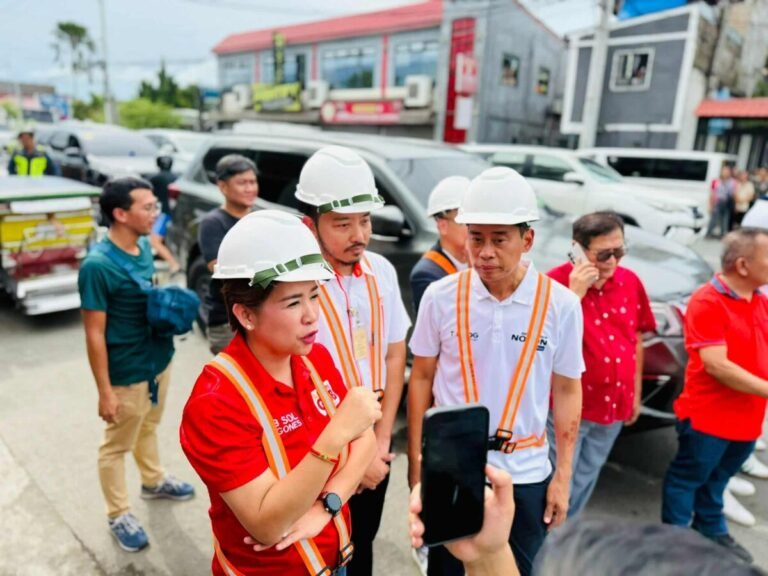
AS the Philippine peso continues to weaken against the US dollar, Albay 2nd District Representative Joey Salceda has offered insights and recommendations on how to navigate the economic challenge, citing both international and domestic factors influencing the currency’s performance.
Salceda, who chairs the House Ways and Means, attributed part of the peso’s decline to the US dollar’s strengthening, bolstered by former President Donald Trump’s aggressive anti-import rhetoric, which he said is “being priced in” by the market.
Locally, he emphasized the role of Overseas Filipino Worker (OFW) remittances in stabilizing the peso, particularly during the high inflow season of December.
“OFW remittances in December should keep the peso from going into freefall toward the end of 2024,” Salceda explained.
However, he cautioned the Bangko Sentral ng Pilipinas (BSP) against excessive intervention to defend the peso.
“If the decline continues through 2025 and remittances aren’t enough to provide support, most peso-bolstering efforts will be a waste,” he added.
Instead of aggressive currency defense, Salceda urged the government to adapt by focusing on strengthening the country’s dollar-generating industries.
He proposed boosting tourism, developing export markets, and encouraging dollar-earning sectors like virtual assistance and business process outsourcing.
“These are sustainable solutions that will not only mitigate the effects of a weaker peso but also create long-term economic resilience,” Salceda concluded.
The peso’s performance remains under scrutiny, with many stakeholders watching closely as December remittance figures play a critical role in shaping its trajectory.







